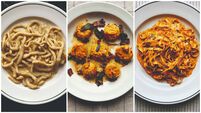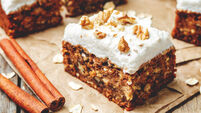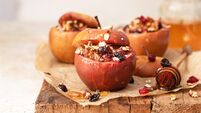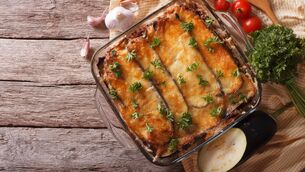Michelle Darmody: How to make the classic cinnamon bun — and the mistakes to avoid
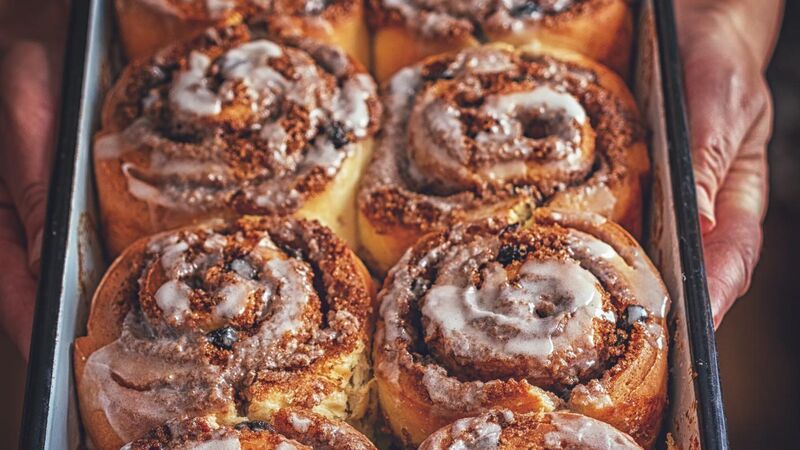
Pulling a soft, warm, sticky cinnamon bun from its snuggly baked neighbour is one of life’s simple treats.
Pulling a soft, warm, sticky cinnamon bun from its snuggly baked neighbour is one of life’s simple treats.
They are not the simplest of things to bake however, the recipe takes a little time and patience.


